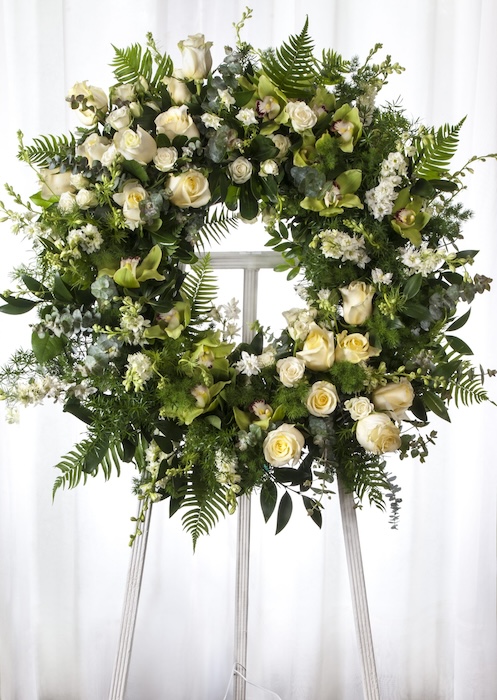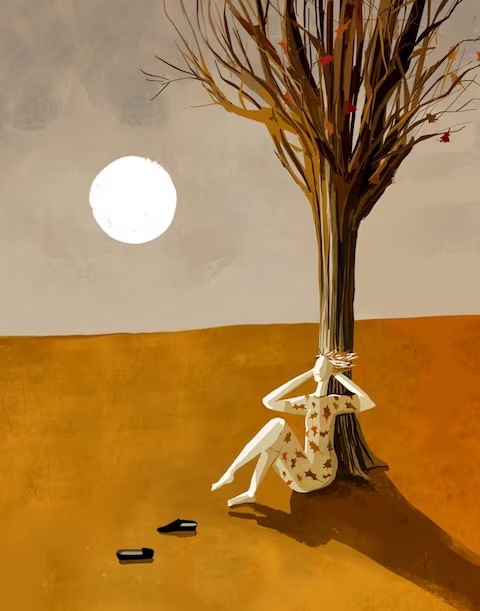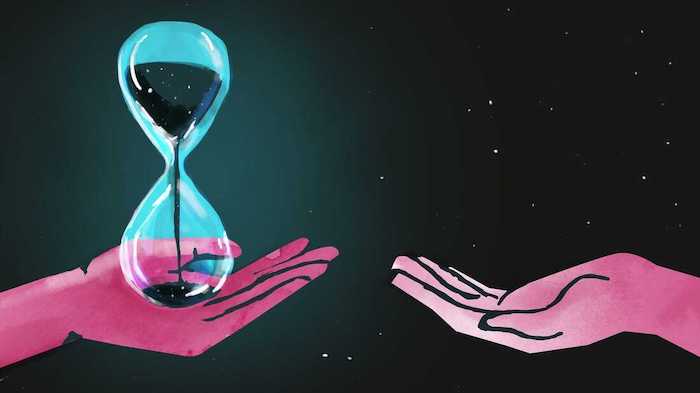— States consider medical aid in dying

More than a dozen states introduced bills to legalize the practice in 2023, which observers say can improve end-of-life systems and processes for families and health care providers.
Death is a taboo topic, especially when someone dies of their own choosing. But there are growing numbers of people suffering with incurable illness who wish to die peacefully, and recently, more states are turning to aid in dying programs so individuals can have more end-of-life health care options.
Last year, Washington saw the highest number of patients—446—die under the state’s medical aid in dying program, up from 387 in 2021.
An increase in the number of people interested in and requesting medication to die indicates states’ need to reevaluate their approach to end-of-life programs, said Arthur Caplan, director of the Division of Medical Ethics at New York University’s Grossman School of Medicine’s Department of Population Health.
Medical aid in dying programs offer a terminally ill adult patient the option to end their life with a prescribed medication if their health conditions severely impact their quality of life, such as living with chronic or unbearable pain and discomfort. Research shows that cancer patients are the most common users of medical aid in dying.
Medical aid in dying is legal in 10 states—California, Colorado, Hawaii, Maine, Montana, New Jersey, New Mexico, Oregon, Vermont and Washington—and the District of Columbia. All states require patients to be more than 18 years old and show no signs that a mental health disorder or intellectual disability could impact their end-of-life decision-making.
New Mexico was the latest state to authorize medical aid in dying in 2021. The new law requires that eligible adult patients must have a prognosis that their illness will result in death within six months, and they must be evaluated by a mental health professional who can assess their mental capacity to pursue medical aid in dying.
As policymakers and the public grow older, states’ interest in legalizing the practice will continue gaining momentum, Caplan said. The number of adults 65 and older, for instance, is projected to swell to 95 million individuals, or 23% of the whole U.S. population, by 2060.
This year, at least 17 states have introduced bills to legalize medical aid in dying, including Florida, Indiana and Maryland, where policymakers and advocates believe the bill will finally pass in 2024 after years of trying.
And in states where the procedure is already legal, policymakers continue to expand access to medical life-ending services. Oregon and Vermont, for instance, eliminated in-state residency requirements for patients seeking medical help with dying. Vermont also repealed a requirement for health care providers to wait 48 hours before writing a prescription for a patient requesting aid in dying.
Hawaii and Washington now allow advanced practice registered nurses to prescribe lethal medications, with the latter extending permission for physician assistants, as well.
While opponents claim medical aid in dying could open up the chance for health care providers or insurers to coerce patients into using the service to increase profits, Caplan said there is little evidence to suggest that happens in states where it is authorized.
Data also shows that the number of patients who do seek medical aid in dying is miniscule. In Oregon, for example, the percentage of patients who used the service in 2022 accounted for less than 0.6% of total deaths in the state, according to a report by the Oregon Health Authority. And of the 432 patients who received end-of-life prescriptions, 84 did not take the medication or later died of other causes.
Oregon was the first state to legalize medical aid in dying in 1994 with its Death with Dignity Act. But research suggests the state’s ground-breaking law has also resulted in more careful evaluation of end-of-life options and efforts to reduce barriers to hospice care.
Medical aid in dying laws can allow medical practitioners to give patients more control over their health care to alleviate the stress and trauma associated with death, said Kim Callinan, president and CEO of Compassion & Choices, a nonprofit advocacy group for patient autonomy of end-of-life planning.
The one thing guaranteed in life is dying, she said. And when policymakers, patients and advocates actively acknowledge that, they can work to improve end-of-life systems and processes.
Complete Article ↪HERE↩!






